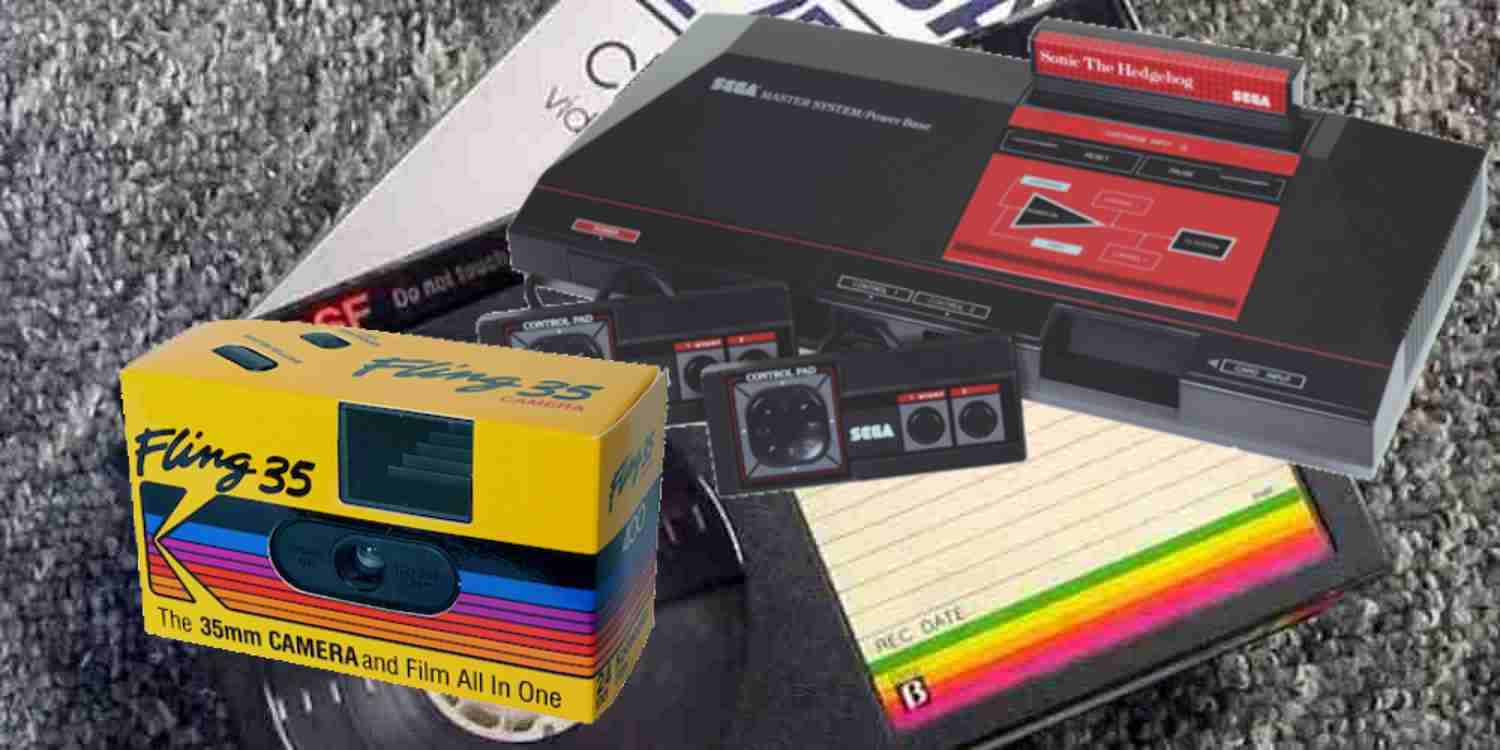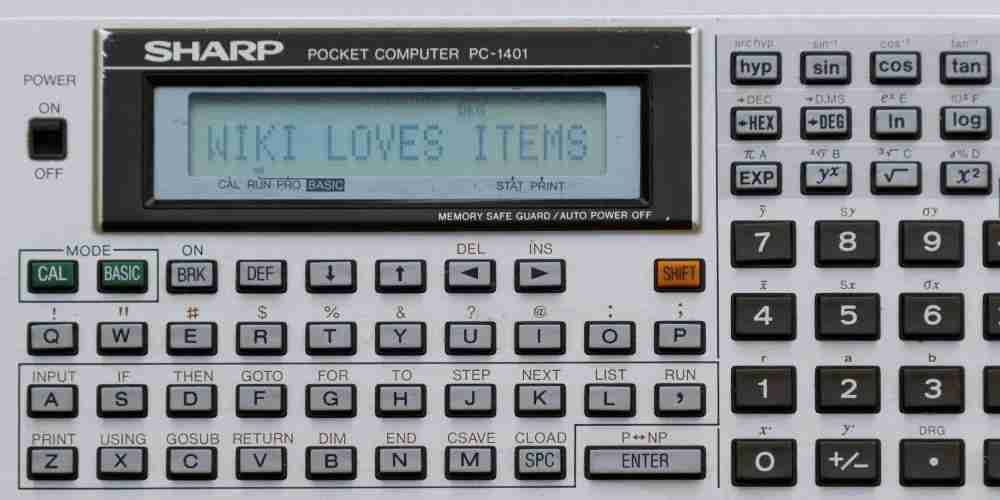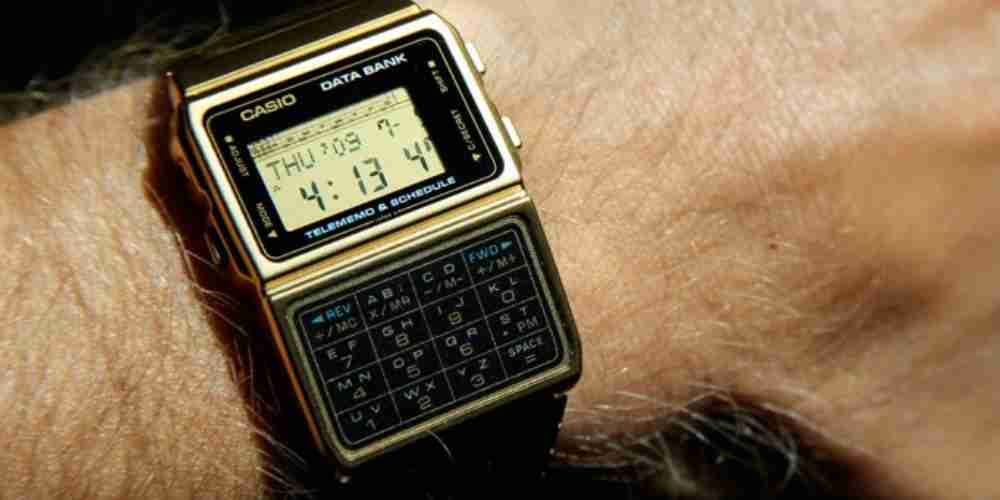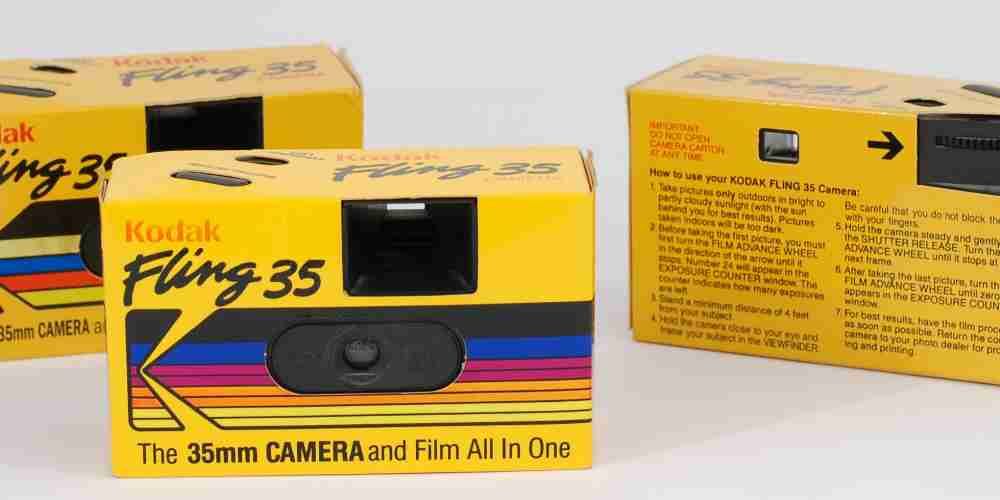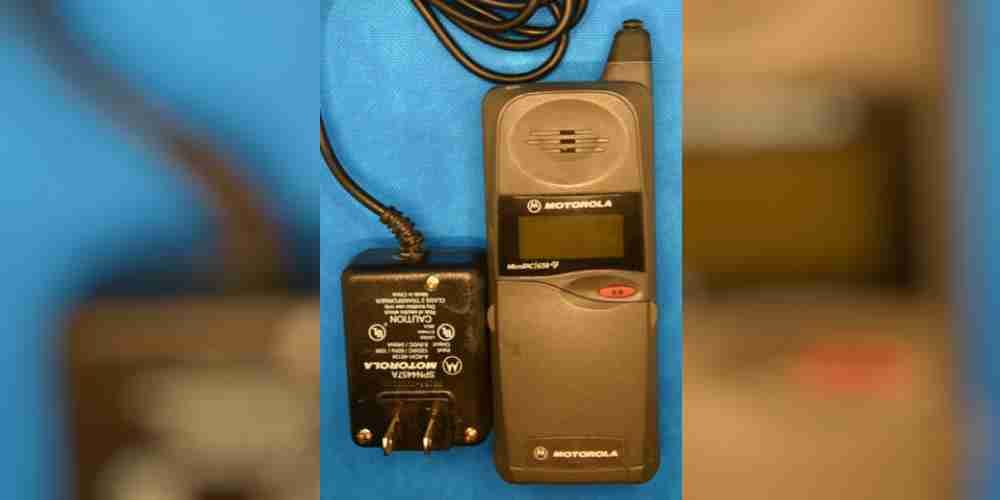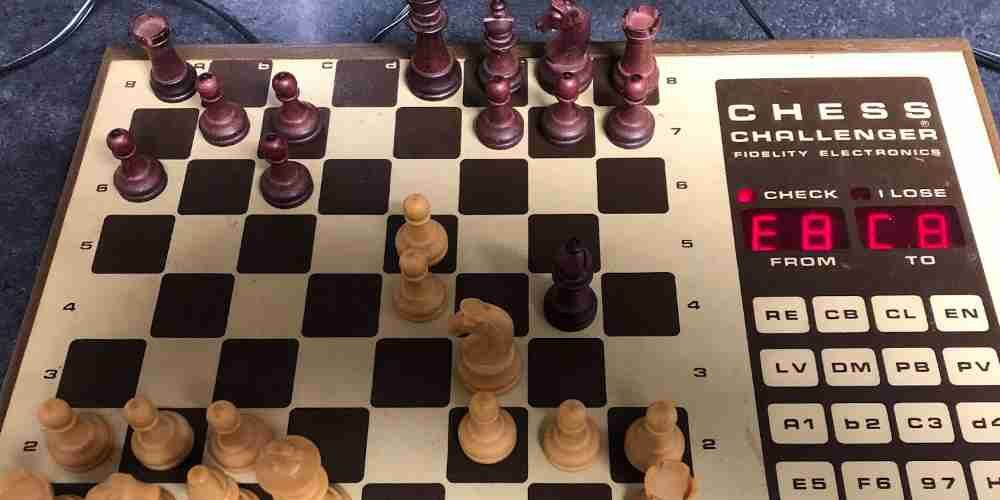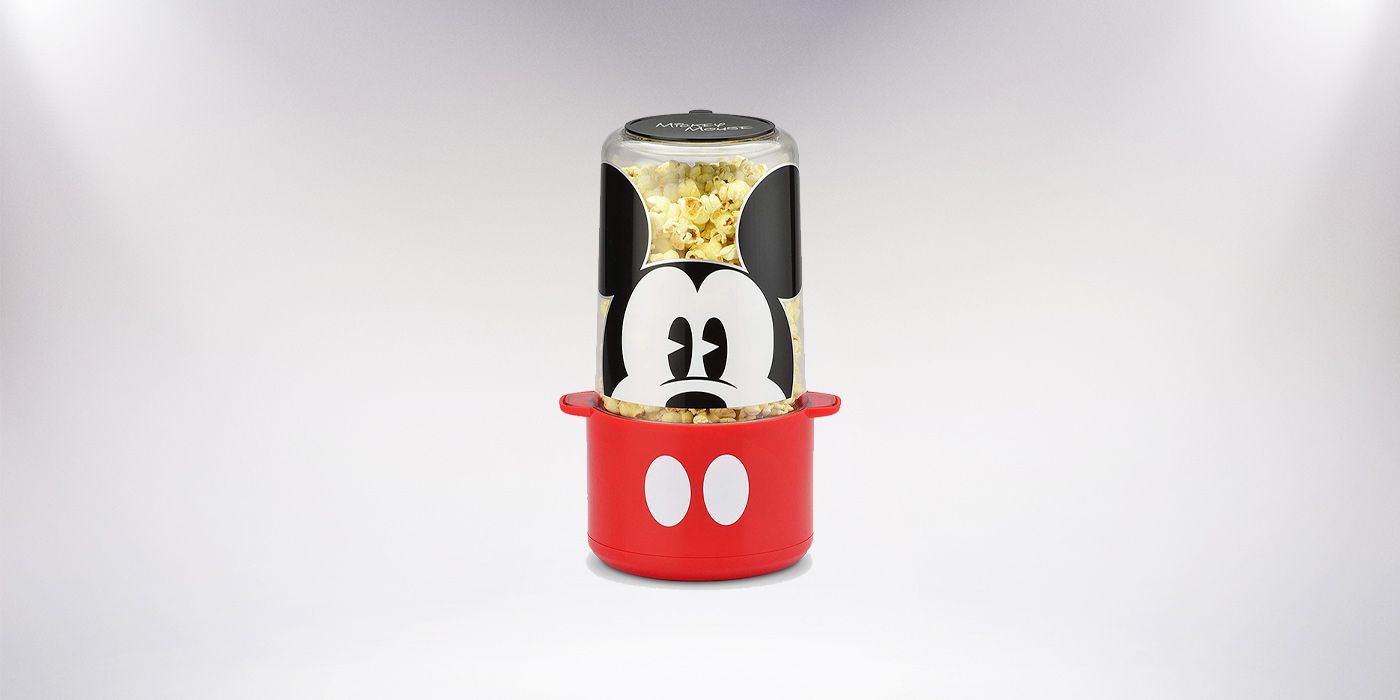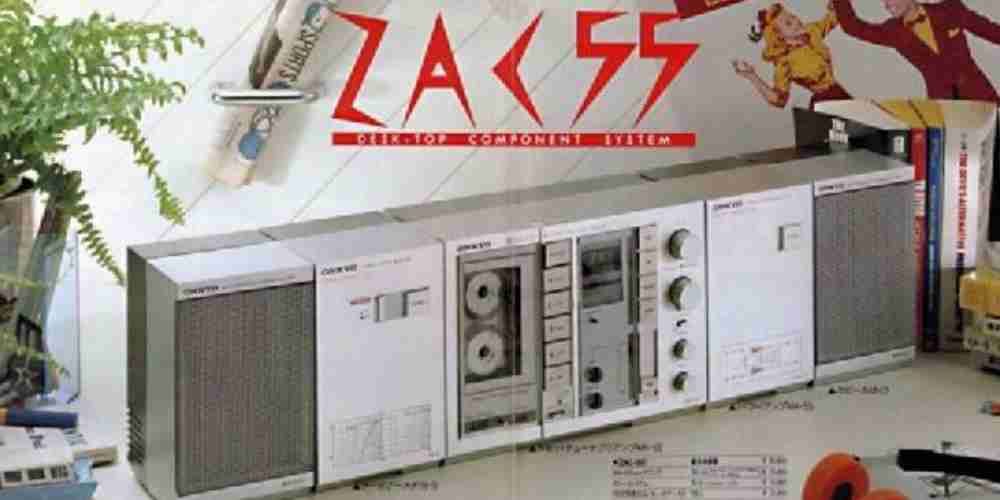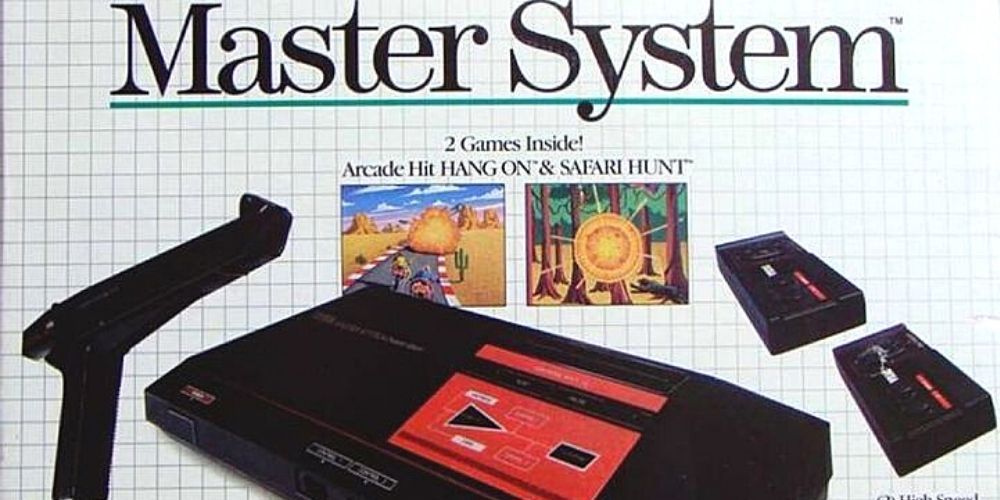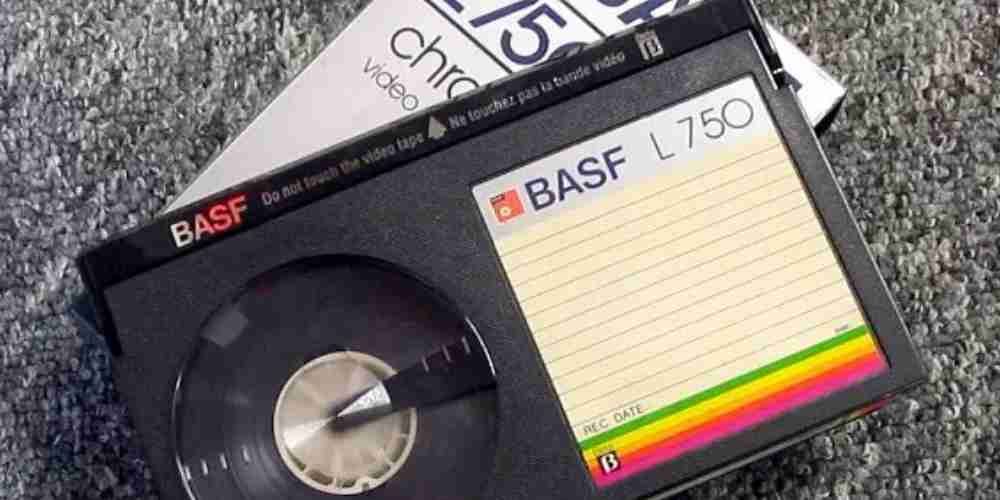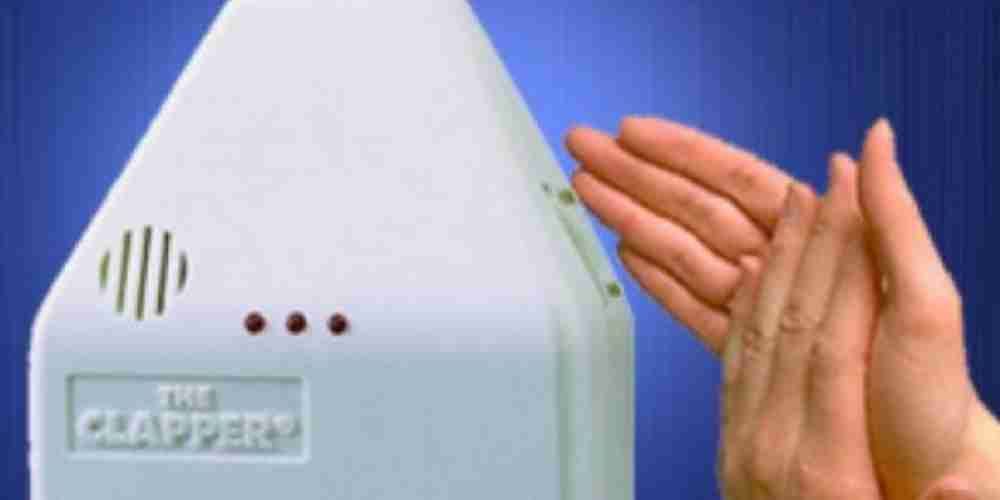The 80s created some of the most iconic brands of all time. Movies from this era are still seeing new installments, like the Predator series. Video games hit the mainstream around this time as well. Nintendo, for example, has created miniature versions of their iconic consoles from the era in the modern day.
There are tons of other iconic 80s gadgets that haven't been revived in the modern day. Not every gadget can be the Sony Walkman, and some technological master crafts were cool at the time and might have even persisted but were completely overshadowed in the end.
Sharp Pocket Computer
Before everyone had computers in their pocket, Sharp Electronics tied their hand at it in the 80s. Also known as the Sharp PC-1500, this 8-bit machine was released eight times over the first five years of the decade. The machine was essentially a modified calculator that could be used to write and execute code while on the go.
The earliest model came with 2 kilobytes of ram, although later models would boost it to 8. Using the keypad, users could program in BASIC programming language. Initially, the device could not assemble, compile, or accept extra memory. Third-party extensions were required for these features. Its novelty but also limited use makes it a premiere piece of funky 80s tech.
Casio Databank
Casio is mostly known nowadays for their wide selection of instruments to learn to play. In addition to that, though, they also produced wristwatches. Of their catalog, the Databank is one of their most fascinating. It was one of the first digital watches available when it hit the market in 1983, and it could even store data.
The line of wristwatches ended up accruing a lot of firsts. The line of watches would get the first backlight, schedule, calendar, and even atomic time functions. It even featured a small personal storage compartment. It was top of the line at the time, but nowadays, phones can do everything it could and more.
Kodak Fling
Disposable cameras are a relic of a bygone era. Now that everyone has a camera on their phone, disposable cameras are only ever used by niche photographers. In the 80s, though, there was a recording revolution started by devices like the Camcorder. The disposable camera helped further to put the technology in the hands of the average person.
The Fling model of camera is perhaps one of the more unique with its bright yellow design. The original Fling from 1987 was based on 110 mm film but switched to 35 mm later. In 1989, the product line was rebranded as the FunSaver. These things were short-lived but iconic at the time.
Motorola MicroTAK
This is a device that's really ahead of its time. When people think of the earliest cell phones, they perhaps think of the classic white brick-like design from the 1990s. However, that design is actually from the 80s. If they think of the flip phone, they probably think of the aughts.
As the Motorola MicroTAC proves, though, that model is also from the 80s. The world's first flip phone, the Micro Total Area Coverage, set a lot of the standards. It was the first phone to place the mouthpiece at its base, under the keypad, for instance. It was the lightest and smallest cell at the time of its release but still was about nine inches long.
Chess Challenger
Nowadays, if someone wants to play Chess alone, they can always play one of the many video game adaptations of the classic board game. In the 80s, chess-playing software was rather rare. The chess-playing computer wouldn't happen until the mid-to-late 90s, and most computers with monitors didn't have the game. At the time, Chess Challenger was the best way to play the king's game.
This device by Fidelity Electronics allows players to play chess against an AI. The AI was much slower than the AI of modern computers, obviously. Also, the player has to move the opponent's pieces for them. Otherwise, though, it was a unique and novel toy.
Air Popper
The air-powered popcorn popper hasn't been completely abandoned these days. Due to the rise of microwave popcorn, though, it's certainly lost a lot of prominence. In fact, in terms of air-based cooking, it's definitely been superseded by the air fryer.
It was revolutionary in the 80s, though. Popcorn was originally something one could only get after driving to the movie theater. This invention helped bring it into the home easier than ever before. With home video also taking off this decade, it was a perfect fit.
Onkyo ZAC-55
The Boombox is one of the most iconic gadgets of the 80s. The visual of a raver carrying one of these bad boys on their shoulder is iconic to the decade. The only problem is most of them were actually quite heavy. The Onkyo ZAC-55 featured a lightweight construction, but it is still quite obscure.
This is because it was one of the most expensive boomboxes on the market. Given it came with a lot of modular parts and bonus features, it was well worth it. It featured an optional handle but also two additional speakers and a bass booster. There was even a leather carrying case that was even rarer.
SEGA Master System
In the early 80s, the video game market was ruled by Colecovision and Atari. After the crash, Nintendo would take over the market and end up facing off with SEGA in the 90s. SEGA also had a machine in the 80s, though. This was the Master System, their 8-bit console.
This console would go on to be produced into the lifespan of the SEGA Genesis. It even received 8-bit versions of its popular games like Sonic the Hedgehog. It did have popular games of its own, though, like Alex Kidd, Out Run, and Space Harrier. While these games are good, it wasn't enough to solidify it in the mind space like other 80s game consoles.
Super Betamax
The home video wars were one of the darkest conflicts of the 80s. VHS is ubiquitous with the decade now, but for a while, every film company from Universal to Disney had multiple home video options. Laserdiscs saw some notoriety through the 1990s. This left the definitive loser to be the Betamax format.
Technically, this cassette-based recording format was created by Sony in the 70s. It was the 80s when its most popular variant, the Super Betamax, would emerge, though. In later years it was actually cheaper to manufacture than VHS, despite ultimately losing the format wars to them. This allowed it to be produced into the early aughts.
The Clapper
The Clapper is perhaps the epitome of 80s gadgets. The technology it uses is novel but frequently malfunctions. The application is also neat but limited. The Clapper and its ability to work the lights after a sound cue is near but also short-sighted.
The Clapper originally debuted as an as seen on TV product. It proved so popular that it ended up being sold in stores as well and received an update in the form of the Clapper Plus. The device endured in popularity for a while despite the fact that other sounds besides clapping. Its novelty eventually wore thin, and it stopped being as common, but it was still a near gadget when it had its time to shine.

